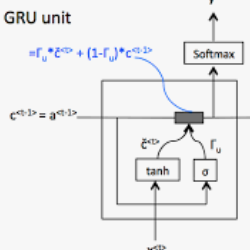We study the classification of animal behavior using accelerometry data through various recurrent neural network (RNN) models. We evaluate the classification performance and complexity of the considered models, which feature long short-time memory (LSTM) or gated recurrent unit (GRU) architectures with varying depths and widths, using four datasets acquired from cattle via collar or ear tags. We also include two state-of-the-art convolutional neural network (CNN)-based time-series classification models in the evaluations. The results show that the RNN-based models can achieve similar or higher classification accuracy compared with the CNN-based models while having less computational and memory requirements. We also observe that the models with GRU architecture generally outperform the ones with LSTM architecture in terms of classification accuracy despite being less complex. A single-layer uni-directional GRU model with 64 hidden units appears to offer a good balance between accuracy and complexity making it suitable for implementation on edge/embedded devices.
翻译:我们利用各种经常性神经网络(RNN)模型研究动物行为的分类;我们评估考虑模型的分类性能和复杂性,这些模型的特点是长时间短时内存(LSTM)或有不同深度和宽度的封闭式经常单元(GRU)结构,使用通过颈圈或耳标签从牛群中获取的四套数据集;我们还在评估中包括两个以电动神经网络为基础的最新时间序列分类模型;结果显示,基于RNN的模型与CNN的模型相比,可以实现类似或更高的分类准确性,同时减少计算和内存要求;我们还观察到,GRU的模型尽管不那么复杂,但在分类准确性方面一般比LSTM结构优。一个单层单向单向单向神经网络模型,有64个隐藏的单元,似乎在精度和复杂性之间保持了良好的平衡,使之适合在边缘/嵌入装置上实施。





